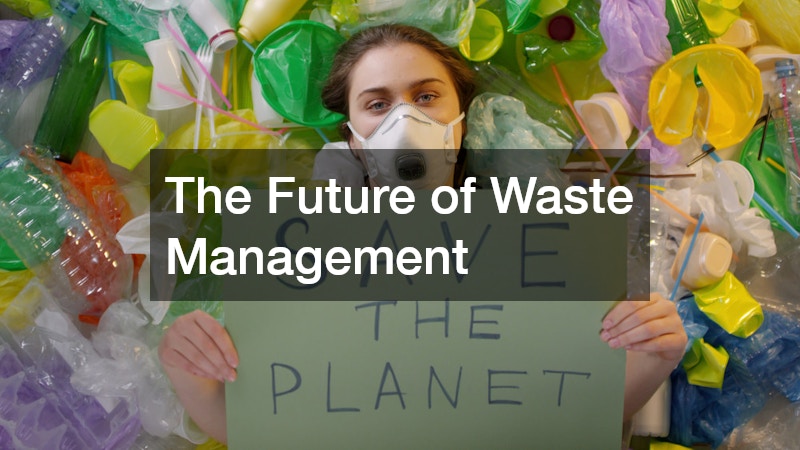Waste management in Australia has undergone a significant transformation in recent years. As sustainability becomes a greater national priority, industries and governments are shifting their focus towards solutions that reduce landfill contributions and conserve natural resources. Among these, plastic recycling is emerging as a critical tool in reimagining how waste is processed, repurposed and reintegrated into the economy. No longer just an optional practice, synthetic recycling is now reshaping the entire waste management landscape across the country.
The Push for Sustainability
Australia generates more than 2.5 million tonnes of plastic waste each year, and historically, much of this ended up in landfills or was exported overseas. However, changes in international policies—most notably China’s ban on foreign plastic waste imports—forced Australia to rethink its approach. In response, the federal and state governments introduced the National Waste Policy Action Plan, which aims to boost recycling rates and reduce plastic waste through domestic processing initiatives.
At the core of this push is plastic reusing. Through local recycling programs, materials that were once treated as rubbish are now being seen as valuable resources. Plastics are collected, sorted, cleaned and transformed into raw materials that can be used to produce everything from furniture and packaging to road surfaces and building materials. This shift not only reduces the pressure on landfill sites but also contributes to a circular economy that prioritises reuse over disposal.
Technological Advancements Leading the Way
The effectiveness of modern waste management is closely linked to technological innovation. In the past, the recycling of plastic was hindered by contamination and the difficulty of processing mixed or low-grade plastics. However, recent developments in sorting technology, including AI-powered systems and advanced spectrometry, have significantly improved the ability to separate plastics by type and quality.
Additionally, new chemical recycling methods are emerging. Unlike mechanical recycling, which involves melting and remoulding plastic, chemical recycling breaks plastic down into its basic molecular components. This allows for the production of high-quality recycled plastic, even from materials that were previously non-recyclable. These innovations are pushing the boundaries of what synthetic recycling can achieve and are making it an indispensable part of modern waste management systems.
Creating Economic Opportunities
Beyond its environmental benefits, plastic recycling also creates economic value. Australia’s transition to onshore recycling is opening up new job opportunities across logistics, manufacturing and technology sectors. Start-ups and established businesses alike are investing in recycling plants, equipment and R&D to meet rising demand and stricter regulatory standards.
Furthermore, industries are discovering that using recycled plastic can reduce costs without compromising quality. For example, construction companies are adopting recycled plastic composites in infrastructure projects, while retailers are switching to eco-packaging made from post-consumer waste. These practices not only align with consumer expectations around sustainability but also contribute to long-term cost savings and supply chain resilience.
Community Involvement & Behavioural Change
The success of any waste management initiative depends largely on community participation. In recent years, Australians have become more aware of the environmental impact of plastic waste, thanks to widespread education campaigns and media coverage. Local councils have expanded kerbside recycling services, and return schemes such as Container Deposit Systems have increased public engagement in recycling programs.
Synthetic recycling is also changing the way individuals think about consumption. Consumers are now more likely to favour products with minimal or recyclable packaging. Schools, businesses and local organisations are running initiatives to promote recycling literacy and reduce single-use plastics. This behavioural shift is essential to ensuring that recycling becomes a routine part of daily life rather than an afterthought.
Challenges Still to Overcome
Despite these advancements, plastic reusing in Australia still faces several challenges. One of the major issues is contamination—when non-recyclable materials are incorrectly placed in recycling bins, the entire batch can become unusable. There is also a need for consistent national standards and clearer labelling to help consumers make better choices.
Investment in infrastructure remains another hurdle. While progress has been made, many regions still lack the facilities required to process all types of plastic. This can result in recyclable materials being stockpiled or sent to landfills. Addressing these issues will require ongoing collaboration between governments, businesses and communities.
The Future of Waste Management
Synthetic recycling is not a silver bullet, but it represents a crucial step forward in tackling Australia’s waste problem. It is influencing product design, driving policy changes and shaping consumer habits. More importantly, it is redefining the role of waste management—from a reactive process focused on disposal to a proactive system centred on resource recovery and environmental responsibility.
As the country continues to invest in infrastructure, education and innovation, plastic recycling will remain central to building a cleaner, more sustainable Australia. The path forward is clearer than ever: reduce, reuse, recycle and reinvent the way we think about plastic waste.

